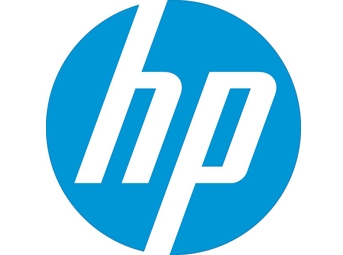At Heimtextil 2015, HP introduced the third generation of HP WallArt. HP WallArt 3.0 incorporates the new, innovative concept of WallArt in-store design, helping producers of digital wallcovering and wall décor applications gain new business by connecting and collaborating with retailers.
HP WallArt is an easy-to-use, cloud-based web service that helps simplify the design, visualization and production of customized wall decoration applications. It is free of charge for HP Latex customers and is already in use by more than 2,400 customers in 81 countries. This latest iteration of HP WallArt helps print service providers (PSPs), wallcovering manufacturers and designers collaborate more closely with retailers or eCommerce sites. The multiple direct access points to HP WallArt designer tool will help with the creation of a new retail buying experience in interior decoration stores and eCommerce sites. By using HP WallArt the selling process will be digitalized, offering a unique buying experience. For example, end users can easily visualize the final layout before making the purchase and receive the printed product in record time.
In addition, in Hall 4.0, Stand D15, HP will be showcasing a new state-of-the art proofing concept to help design studios in the home fashion industry to gain workflow efficiency, save costs and speed up the process from design to manufacturing.
Using the HP Latex 3000 printer, visitors to HP’s booth will be able to see first-hand how digital printing technology can benefit wallcovering manufacturing. The HP team will demonstrate how proofs can be printed directly onto the final production media, thereby eliminating color issues caused by optical brightness when printing on proofing paper. This means that designers in the home decoration market (including wallcovering, window blinds, cushions and decorative textile) can receive a more realistic sample of what the final product will look like, enabling them to make decisions on final color and design easier and faster.
At Heimtextil, the HP booth has been designed in the style of a digitalized wallpaper retail store. It features a number of innovative wallpaper designs by young and professional designers from Barcelona, Peru, South Africa and New York, as well as designs from renowned industrial and interior designer Markus Benesch. HP will also have a small foot print at the heart of the wallcovering Hall 3, stand G 02 to showcase the WallArt in-store design concept.
“HP has been engaging, and collaborating, with young and professional designers to help them to realize the limitless possibilities of digital print and latex technologies within interior decoration.” explained Joan Perez Pericot, worldwide marketing director, Large Format Sign & Display Division, HP. “HP technology has enabled them to push creative boundaries and produce highly creative wall decorations with faster turnaround times. The new version of HP WallArt is all about driving new business for HP Latex customers, by seamlessly and quickly connecting them with the front-end retailers and eCommerce sites. The new functionality can open up new customers segments and ultimately bring in new revenues”, says Joan.
Additional new features of HP WallArt 3.0 include:
- Easy plug in for website/blog integration: a CRM plug in that can help HP WallArt users to set up a new website/blog in a record time, using the WordPress CRM plug in.
- More efficient workflow: JDF/RIP’s automation enabling sending print ready files directly from Web2print. Rips automatically download the files form web2print, without manual interaction2.
- Business development tools – help HP WallArt users to speed up the go to market process by having a “startup” kit to set up a webpage.
- Dropbox: Enables import of files and packages of multiple images. This makes it faster for HP WallArt users to upload and deliver content images to customers, while customers can easily upload their personal content into the application.
- Templates: For frequently redecorated spaces to speed up the process, reduce mistakes and enhance usability.











